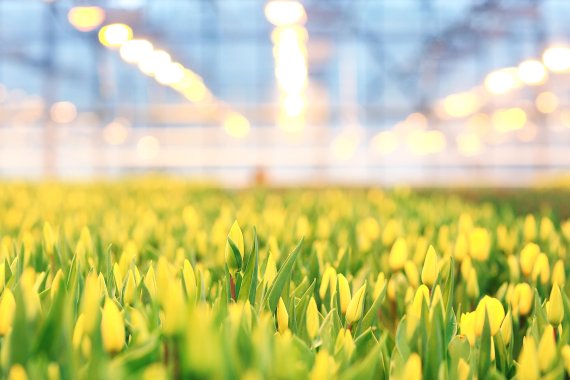Photo: Shutterstock
The horticulture sector had a relatively high proportion of innovators, at nearly 5 percent of market gardeners. Innovators invest for example in new varieties of cut flowers and pot plants, new processing lines for flowers and vegetables and new techniques for heating and cooling greenhouses.
There are hardly any early investors in innovation in agriculture. But there are early adopters. This group is dominated by arable farming (18 percent), followed by greenhouse horticulture (9 percent) and dairy farming (7 percent). Arable farmers, who have done well in recent years, are mainly investing in solar panels and precision agriculture. Dairy farmers are taking steps to cope with the end of milk quotas by building new barns in which feed supplies and milking are automated. Innovation is relatively uncommon among pig farmers and poultry farmers. Pig farmers in particular have had some difficult years and have therefore been unable to make investments.
Another difference between agriculture and horticulture is that market gardeners develop new products whereas farmers hardly do this at all. An occasional poultry farmer will invest in an innovative animal-friendly barn and market the eggs under a brand name. The frontrunners do invest in innovation in the production process, such as GPS-controlled equipment, camera-controlled sorting machines and more energy-efficient equipment.
The share of early and late adopters is increasing, notes Ruud van der Meer, a researcher at Wageningen Economic Research, but the number of genuine innovators in agriculture and horticulture is not growing. That has been around 2 percent for years and was 1.1 percent in 2014.
If they could do whatever they wanted, arable farmers would mainly invest in ways to save on input costs and new crop protection methods. Market gardeners want to develop new healthy products while livestock farmers are interested in investing in animal health through the reduced use of antibiotics, better barns and vaccines for animal diseases. They are held back primarily by a lack of money and complex regulations, say the researchers.

